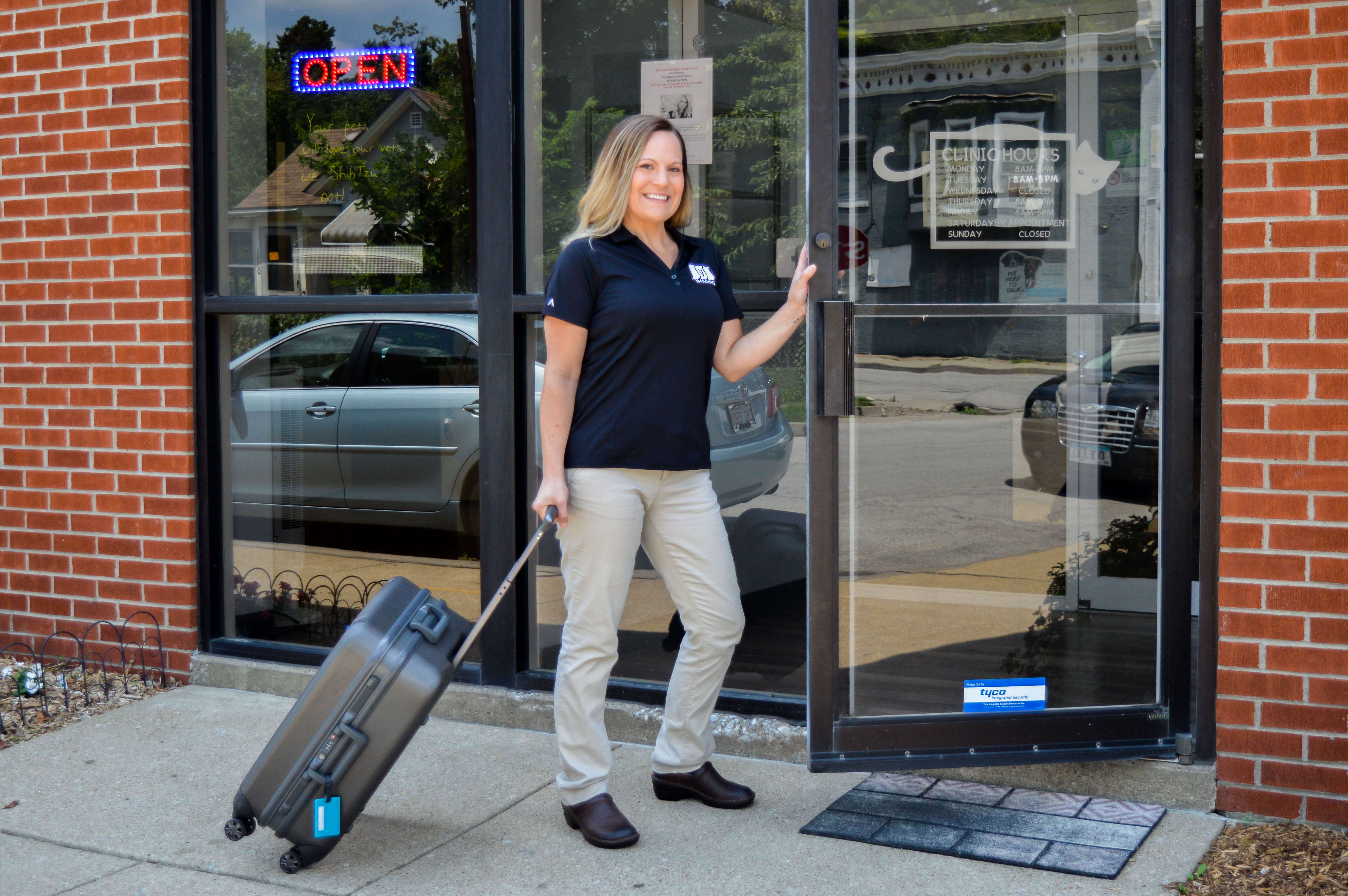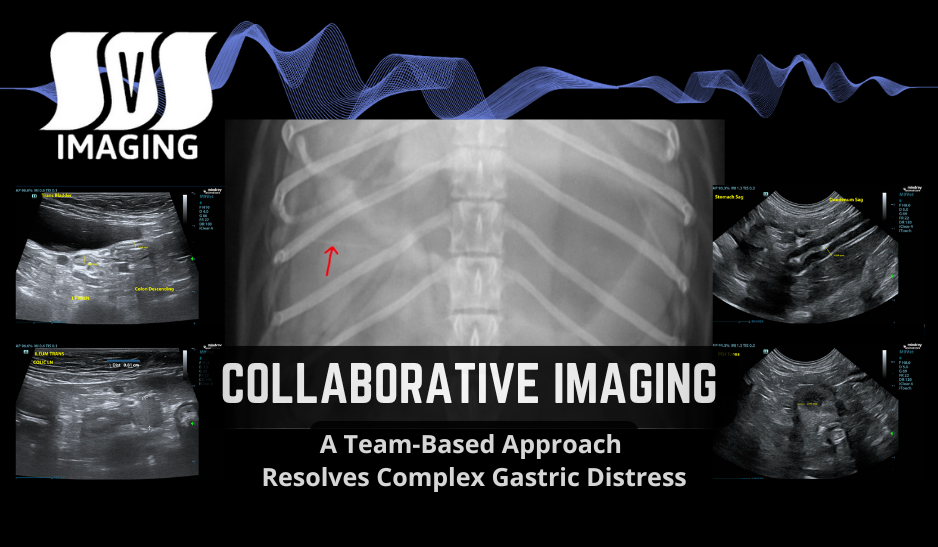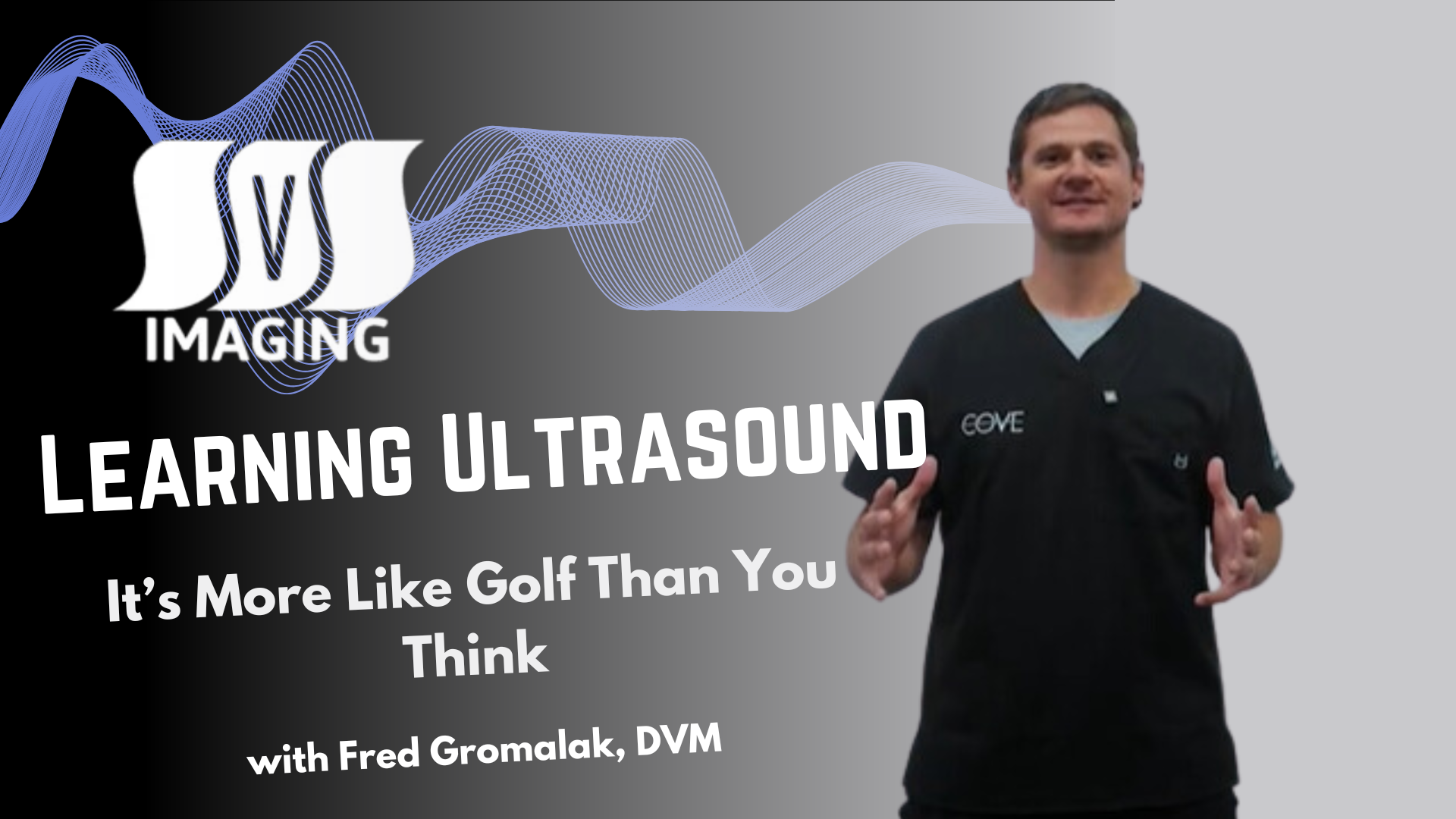Exploring the World of Veterinary Mobile Ultrasound
Road warriors of the Veterinary Field In the dynamic realm of veterinary medicine, there's a hidden gem that's gaining significant traction - the...
2 min read
.jpg) Fred Gromalak, DVM
:
Apr 25, 2023 12:40:18 PM
Fred Gromalak, DVM
:
Apr 25, 2023 12:40:18 PM

Could ultrasound replace the stethoscope? This is the question posed in a recent article in The New Yorker. The article focuses on the use of ultrasound in human medicine and describes the many advantages of this technology. However, as a veterinary professional, I am particularly interested in the use of ultrasound in veterinary medicine.

Ultrasound is an incredibly versatile tool that can be used to diagnose a wide range of conditions in animals. One of the biggest advantages of ultrasound is that it is non-invasive and does not expose the patient to radiation. This makes it a safer alternative to other imaging techniques such as x-rays or CT scans.
 Another advantage of ultrasound is that it can be used wherever the patient happens to be, in real time. This is particularly important in veterinary medicine, where patients are often brought in for emergency care or may be too sick to be transported to a separate imaging facility. Ultrasound can be performed at the patient's bedside, allowing for rapid diagnosis and treatment.
Another advantage of ultrasound is that it can be used wherever the patient happens to be, in real time. This is particularly important in veterinary medicine, where patients are often brought in for emergency care or may be too sick to be transported to a separate imaging facility. Ultrasound can be performed at the patient's bedside, allowing for rapid diagnosis and treatment.
Ultrasound can also be used to diagnose conditions that may not show up on other imaging tests or in bloodwork. For example, a sick patient may present with non-specific symptoms such as weight loss or loose stool. Bloodwork and radiographs may not provide any definitive answers. However, an abdominal ultrasound can reveal diffuse intestinal wall changes that would explain the patient's symptoms.
Ultrasound can also be used to diagnose conditions that may be missed on physical examination alone. The physician and author Abraham Verghese has written extensively on the importance of the bedside exam in medicine. He views ultrasound as a way to bring physicians back to the bedside, allowing them to see inside the body and diagnose conditions that may be missed on physical examination alone.

Above: Can you spot the foreign body? This ultrasound image shows a cloth-like material obstructing the distal duodenum and proximal jejunum.
One of the most exciting uses of ultrasound in veterinary medicine is in the diagnosis of foreign material ingestion. PICA is a condition in which animals consume non-food items such as rocks or clothing. This can lead to serious medical problems, including intestinal obstruction.
If an animal presents with vomiting or other symptoms that may suggest foreign material ingestion, an ultrasound can be used to confirm the diagnosis. The sonographer will follow the gastrointestinal journey looking directly within the lumen of the intestines. While scanning, the ultrasound screen may suddenly go black. This is a sure sign that the sonographer has found the foreign material. Ultrasound waves cannot travel through fabric, making the image appear black. A report is generated and the referring veterinarian is advised to perform exploratory surgery to remove the foreign material.
Ultrasound can also be used to diagnose other conditions that may be missed on physical examination or other imaging tests. For example, an ultrasound can reveal free fluid in the abdomen and liver vasculature dilation suggesting right-sided heart failure.
In conclusion, ultrasound is an incredibly powerful tool that has many advantages over other imaging techniques. It is non-invasive, does not expose patients to radiation, and can be performed at the patient's bedside. Ultrasound can diagnose conditions that may be missed on physical examination or other imaging tests, and it can be used to diagnose foreign material ingestion in animals. As a veterinary professional, I believe that ultrasound is an essential tool in the diagnosis and treatment of sick animals.

Road warriors of the Veterinary Field In the dynamic realm of veterinary medicine, there's a hidden gem that's gaining significant traction - the...

Leveraging Multiple Specialties on Complex Cases

When you first step onto a golf course, the swing feels unnatural. You’re told to hold the club a certain way, position your feet just right, and...